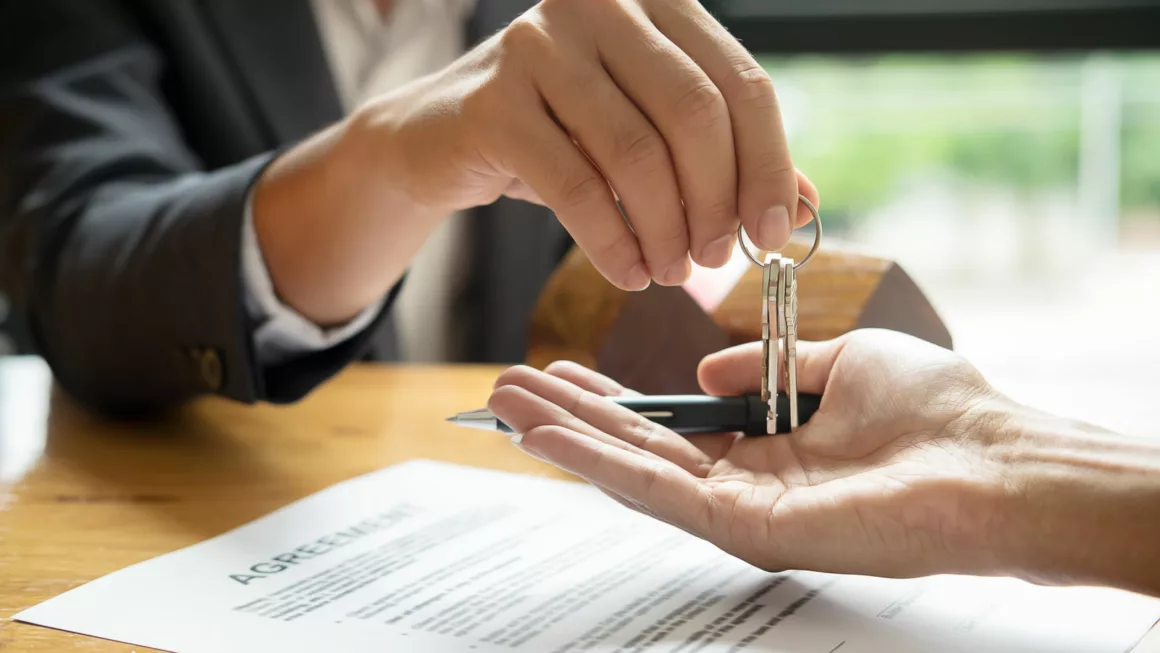Buying or Selling a Commercial Property?
When buying or selling a commercial property, it’s important to understand your entitlement to capital allowances on the buildings embedded fixtures and ensure you maximise any capital allowances tax relief available.
This article aims to provide advice for both the Vendor and the Purchaser, highlighting things to bear in mind before, during and after the sale process.
What are capital allowances?
When you buy a capital asset for use in your business, you can’t deduct the expenditure on that asset from your taxable profit, to reduce your tax bill. Instead, you may be able to claim capital allowances.
For buildings, capital allowances can be claimed on a proportion of the purchase price relating to the ‘embedded fixtures’ that were acquired with the building at the time of purchase or, installed during the period of ownership. Fixtures include items like the electrical, heating and ventilation systems, kitchens, bathrooms, alarms, pipework etc.
A major change in capital allowances legislation!
A major change in fixtures legislation was introduced from 1 April 2014. From this date, the capital allowances position on purchase of a commercial property must now be agreed by both parties at the point of sale of or within 2 years of completion. The rules now state that if the Seller could have claimed capital allowances on the building fixtures, for a Purchaser to benefit, any unclaimed capital allowances must be pooled by the Vendor and passed on to the Purchaser via a CAA2001 section 198 tax election (s199 if the purchase is a long leasehold interest).
If you are purchasing a commercial property, it is now vital that the capital allowances position is addressed as early as possible in the contract negotiation stages.
| IMPORTANT TO NOTE: If capital allowances are not agreed, they are lost forever for the buyer of the property and all future owners. |
| EXPERT’s TIP – If you are purchasing a commercial property, ask the Vendor about the capital allowances history of the building as soon as possible. If the Vendor has not made a claim, get them to agree to pass on the unclaimed capital allowances (ideally before Heads of Terms are agreed). |
Considerations when purchasing a commercial property:
If you are the Buying a commercial property, claiming capital allowances on part of the purchase price will result in thousands of pounds in tax relief. For a higher rate taxpayer, this can reduce the overall cost of the property by 10%!
However, as the Buyer, you may only be able to claim the allowances if the Seller agrees to transfer the capital allowances to you via a CAA2001 s198 election. If you are purchasing a commercial property, the key points to be aware of are:
- In most cases, you will need the Vendor to pass on the capital allowances to you. If the Vendor has not already claimed the tax relief available, it Is usually possible to get an agreement for the capital allowances to be passed to the Purchaser.
- Begin conversations with the Vendor and their agents as early as possible in the sale process. It will be easier to obtain the agreement when negotiating the terms of the sale. Once the sale has been completed, the previous owner has no obligation to engage with you and you will lose any opportunity to make a claim.
- Any agreements with the Seller will not need to hold up the transaction. There is a 2-year period after sale to complete the s198 election. A clause can be Included In the contract that binds both parties to the capital allowances agreement, post sale.
- Not all property purchases will require the cooperation of the Vendor to be able to claim tax relief on the purchase of as property. In most cases, the purchase of buildings from Councils, Charities, Pension Funds, new builds etc will qualify for capital allowances.
- If the Vendor acquired the property before 2008, there Is usually an opportunity to make a restricted claim, without the need for a s198 election.
Considerations when selling a commercial property:
If you are selling a commercial building, then it is vital to ensure all capital allowances available are identified prior to the sale of the property. Ensuring all tax relief available is claimed will result in significant tax savings or, the ability to increase the sale price or terms of sale. The key points to consider are as follows:
- A review should be carried out of historical capital expenditure incurred on the purchase and development costs of the building to identify any unclaimed capital allowances.
- Identifying qualifying expenditure can result in a tax windfall on sale or mitigation of tax charges arising following sale.
- Landlords can continue to claim the tax relief against other rental properties. If the sale of the property will result in the cessation of a business, all the tax savings can be received in the year of sale (including going back to reclaim tax paid in the 3 years before sale).
- If you are unable to use the tax relief locked in your property, you can still obtain some financial benefit. Passing on the tax savings can result in a higher sale price or more favourable terms for a Vendor.
- For property transactions where the swift completion of a sale is crucial, and there is a concern that the length of time to negotiate capital allowances will slow down the process, then the contract can include a clause to agree that the value of capital allowances will be confirmed post-sale.
S198 elections
One the most common questions we get asked about capital allowances is “what is a section 198 election or how do I complete it”?
In short, a CAA2001 s198 election, is a joint election between the Buyer and Seller of a commercial property, which agrees the value of the total sale price that will relate to the buildings embedded fixtures. A Seller would want the value to be as low as possible and the Buyer as high as possible.
We have summarised below some key points to be aware of:
- Election is only relevant is the Seller HAS claimed capital allowances on the buildings fixtures
- Election is NOT applicable to chattels. Loose fixtures & fittings, equipment and machinery DON’T form part of the s198 election.
- S198 Elections DON’T reduce the consideration for SDLT (or equivalent)
- There is a 2-year period after sale to be able to complete a s198 election
- In most cases, the Buyer will not be able to claim any capital allowances without a s198 election
- If the sale is of a long lease, the election would be a CAA2001 s199 election
When, how and for how much a S198 election should be included in a sale contract of a commercial property will depend on the specific circumstances of the transaction.
How can Zeal help?
Zeal is an independent firm who specialise in making claims for capital allowances tax relief.
The team is made up of property surveyors and capital allowances experts who will liaise with accountants and solicitors to identify qualifying expenditure and negotiate the s198 position on the sale. We prepare and Capital Allowances Valuation Reports and carry out all the associated tax work.
Zeal offers a free capital allowances review for the Vendor or Purchaser of a commercial building. Whether acting for the Vendor or Purchaser, Zeal will review and complete all the relevant documents and negotiate the best possible capital allowances position for our client.
Speak with a specialist advisor on 01633 287898 or email hello@gozeal.co.uk
Visit www.gozeal.co.uk for more.
 Matt Jeffery
Matt Jeffery